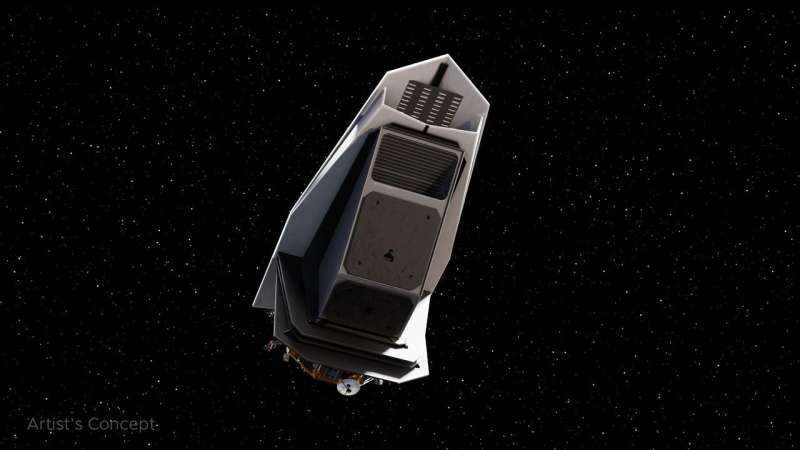NASA is developing a cutting-edge infrared space telescope, the NEO Surveyor, that will revolutionize the way we detect and track potentially hazardous asteroids and comets. This article delves into the groundbreaking features and capabilities of this innovative spacecraft, set to launch in 2027.

Hunting the Elusive Asteroids
The NEO Surveyor aims to address one of the most complex issues in planetary defense: identifying the small percentage of asteroids and comets that are most difficult to locate.
At present, quite a lot of these objects are hard to see coming as they come towards Earth from the sunward side so most observatories don’t catch them. The NEO Surveyor’s position at the L1 Lagrange point, a gravitationally stable spot between Earth and the sun, will get around that little problem.
With this, the sunshade shall mitigate solar radiation interference and Earth’s heat that helps track these near-Earth objects while approaching, hinting towards a defense mechanism for future missions for possible collisions. The telescope’s infrared capabilities will also allow the telescope to pick up even the faintest and least reflective asteroids and comets, which has been a difficult task with visible-light telescopes.
Infrared Technology Is a Force to Be Reckoned With
NEO Surveyor is equipped with the latest infrared space telescope, which will significantly enhance our knowledge about near-Earth objects.
Human-wavelength visible light, which gets stuck in dark, low-albedo asteroids that can absorb or reflect it easily, is replaced by infrared radiation radiating away from an asteroid heated by the sun. That will make it possible for NEO Surveyor to find and characterize a variety of asteroids and comets regardless of their size or even what the surface is like.
The telescope’s Mercury-Cadmium-Telluride (MCT) detectors — which are employed by NASA to detect the heat emanating from asteroids flying through space as part of the Near-Earth Object Wide-field Infrared Survey Explorer, or WISE, mission launched in 2009 — are central to this infrared technology. Such detectors do not need to be cryogenically cooled, a factor that can limit the lifetime of a spacecraft; the NEO Surveyor would thus serve as a more efficient and longer-lived observatory.
Analyzing the exact size, shape, and distribution of these objects will help scientists determine their origin and evolution as well as assess how much of a threat they pose to Earth.
Conclusion
This is another milestone for the effort that contributes importantly towards our efforts to prevent the impact of hazardous asteroids and comets on our home planet. The spacecraft will use both cutting-edge infrared detection and even more strategic positioning to provide the most advanced warning of any Space Situational Awareness vehicles have ever flown — to one day, should the need arise, to be able not just to detect but also possibly prevent future impact threats. NEO Surveyor is an important milestone in that effort, NASA’s first space telescope dedicated to planetary defense and understanding the universe around us.
